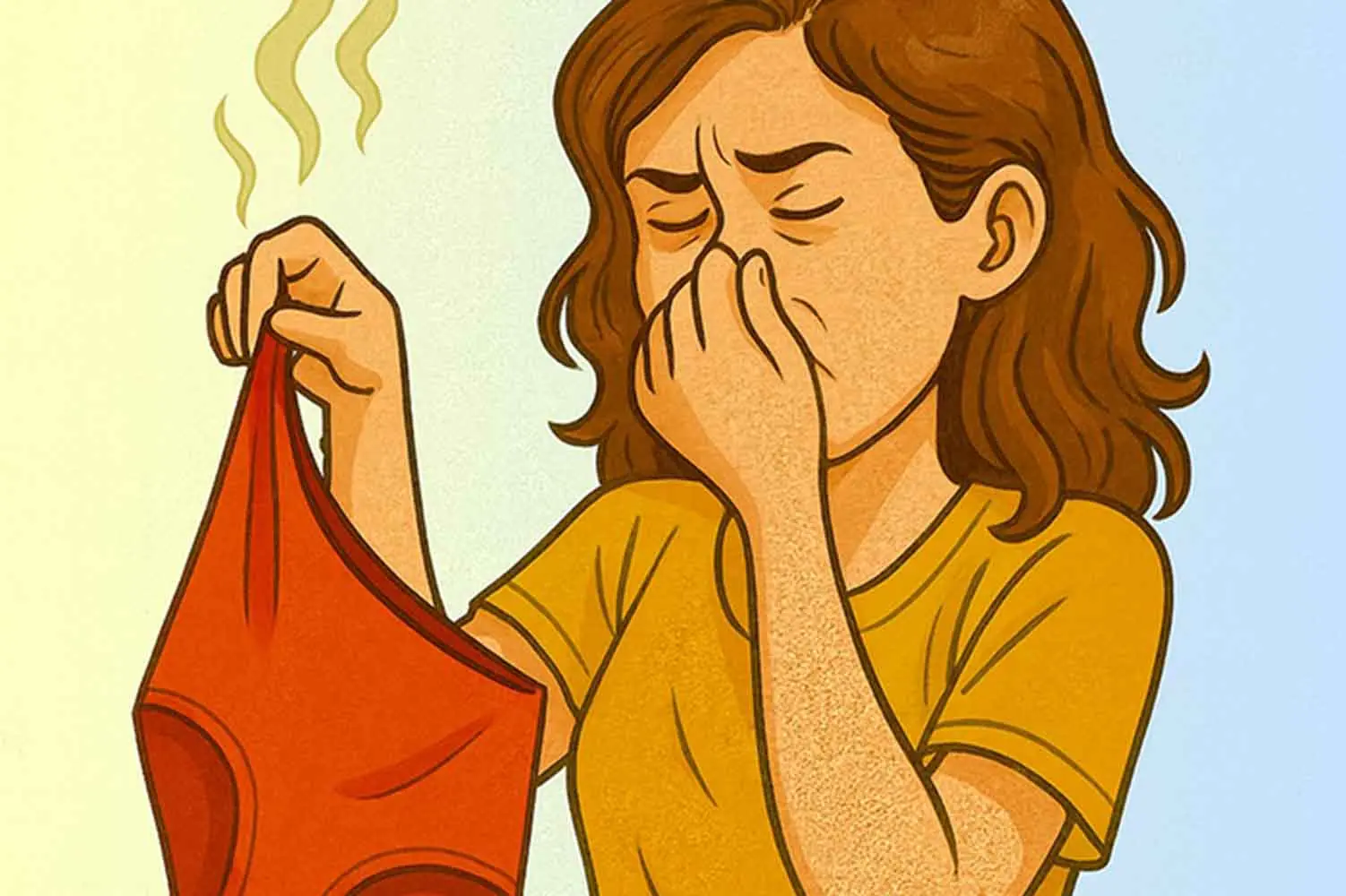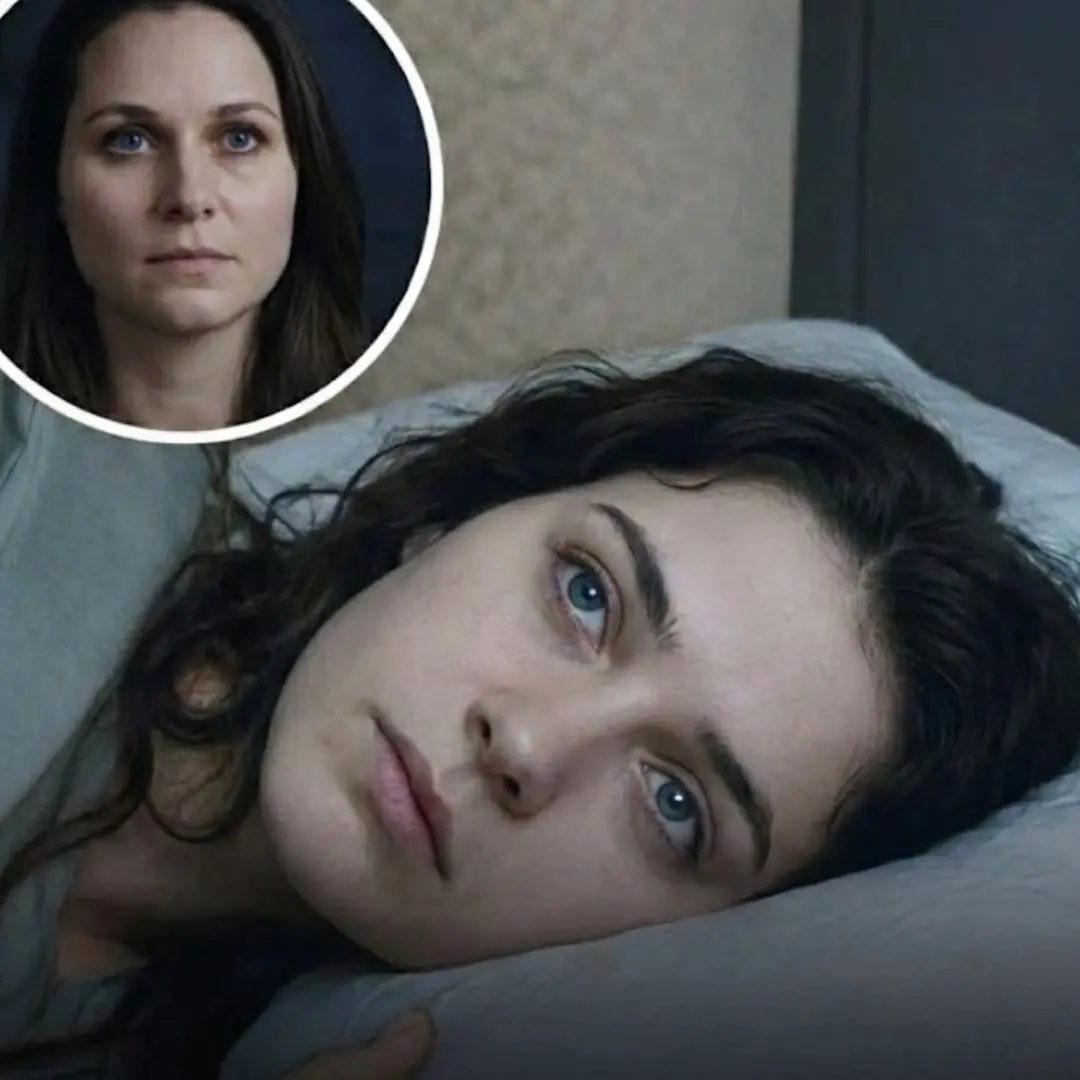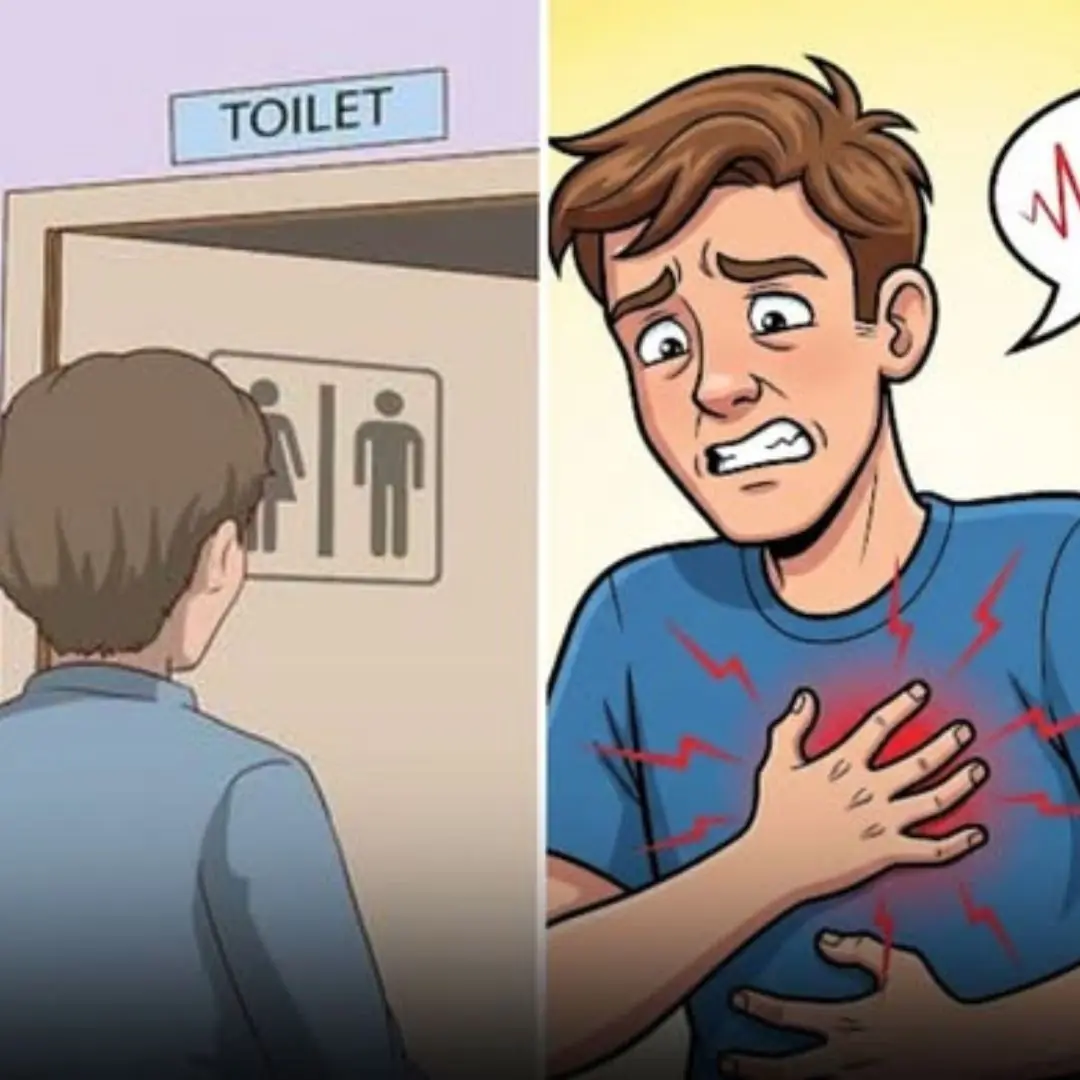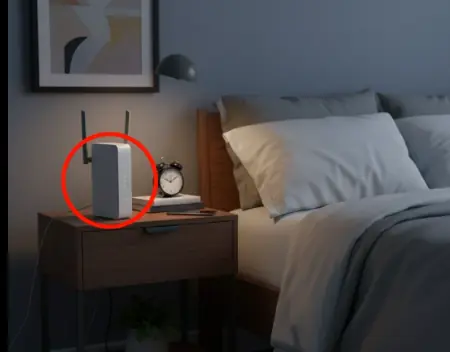
3 times you should absolutely not drink coffee
No matter how much you crave it, you should abstain
At these times you should not drink coffee if you do not want to damage your health

When you are hungry
Coffee is naturally acidic, and drinking it on an empty stomach can irritate stomach acid, causing heartburn and nausea. This also reduces the pressure of the lower esophageal sphincter, causing acid to reflux from the stomach. Common symptoms include heartburn, burning in the chest, nausea or vomiting.
Coffee contains many compounds that can stimulate intestinal motility, including caffeine and chlorogenic acid. They promote regular bowel movements and reduce constipation when combined with a balanced diet. However, drinking coffee on an empty stomach causes intestinal motility to increase rapidly, leading to digestive symptoms such as diarrhea.
If you regularly drink coffee on an empty stomach over time, this condition increases the risk of diabetes. Everyone should have some light food before drinking coffee for better health.
When going to bed
Coffee contains a lot of caffeine, which affects the nervous system. It blocks adenosine receptors (one of the receptors that makes the body sleepy when awake), which affects and disrupts the day-night biological rhythm. Drinking coffee close to bedtime can easily disrupt the sleep cycle, making it difficult to fall asleep deeply.
According to nutrition experts, the recommended daily safe caffeine intake is no more than 400 mg, and should be taken 6 hours before going to bed at night.

While pregnant
Healthy pregnant women can also drink coffee, but in appropriate recommended amounts. The recommended amount of caffeine for women who are pregnant or planning to become pregnant is about 200 mg or less. Depending on the type of coffee and the method of preparation, this is equivalent to 1-2 cups. However, it is best for pregnant women to consult their doctor before drinking coffee.
The best time to drink coffee is after breakfast, early afternoon. Some foods that can combine and reduce the side effects of coffee include whole grains, nut butters, and fruits.
News in the same category


The purple leaf plant: More than just a pretty face but also have unexpected uses

This is why your p.r.i.v.a.t.e parts smell like rotten fish

Doctors warn heart fai.lure de.aths are rising: These 4 habits should be stopped immediately

Eggplant is the "king of vegetables" but these 4 groups of people should absolutely avoid it

Foot Massage: 8 Powerful Pressure Points That Help Heal the Body Naturally

Why You Might Wake Up Between 3 and 5 AM Every Night — And What It Could Mean

Do You Keep Waking Up at Night to Urinate? Here’s What It Could Mean

Can.cer Doesn’t Happen by Chance: 3 Foods That Quietly Fuel Malignant Cells

A 41-Year-Old Woman Discovers Sto.mach Can.cer from Digestive Symptoms Many People Often Overlook

People with Colorectal Can.cer Often Share 4 Habits — Hopefully You Don’t Have Any of Them

Put eggshells in a pan to dry roast, many great uses, save a lot of money

11 Reasons Why You Have Red Dots On Your Skin

The 5 Best Nutrients to Reduce Swelling in the Feet and Legs

Indoor Air Quality: 6 Common Household Items That May Affect Your Lungs — And How to Use Them Safely

3 Vegetables That Support Cancer Prevention — Backed by Science

Leg Cramps at Night: Causes, Prevention & Treatment

The Ten Foods You Should Start Eating Now to Cleanse Your Colon

5 Signs Your Lungs are Being Exposed to Mold

4 alarming symptoms of vitamin B12 deficiency you can’t ignore!
News Post

Why You Should Embrace Purslane in Your Garden: 8 Compelling Reasons

The purple leaf plant: More than just a pretty face but also have unexpected uses

This is why your p.r.i.v.a.t.e parts smell like rotten fish

5 foods that stay fresher when stored outside the fridge

Maple Glazed Chicken with Crispy Bacon

Doctors warn heart fai.lure de.aths are rising: These 4 habits should be stopped immediately

Eggplant is the "king of vegetables" but these 4 groups of people should absolutely avoid it

Meaning of wearing a ring on the left and right thumb

Foot Massage: 8 Powerful Pressure Points That Help Heal the Body Naturally

7 Beautiful, Fragrant Plants That Naturally Repel Mosquitoes

Why You Might Wake Up Between 3 and 5 AM Every Night — And What It Could Mean

Do You Keep Waking Up at Night to Urinate? Here’s What It Could Mean

Can.cer Doesn’t Happen by Chance: 3 Foods That Quietly Fuel Malignant Cells

A 41-Year-Old Woman Discovers Sto.mach Can.cer from Digestive Symptoms Many People Often Overlook

People with Colorectal Can.cer Often Share 4 Habits — Hopefully You Don’t Have Any of Them

Put eggshells in a pan to dry roast, many great uses, save a lot of money

11 Reasons Why You Have Red Dots On Your Skin

The 5 Best Nutrients to Reduce Swelling in the Feet and Legs

Indoor Air Quality: 6 Common Household Items That May Affect Your Lungs — And How to Use Them Safely
